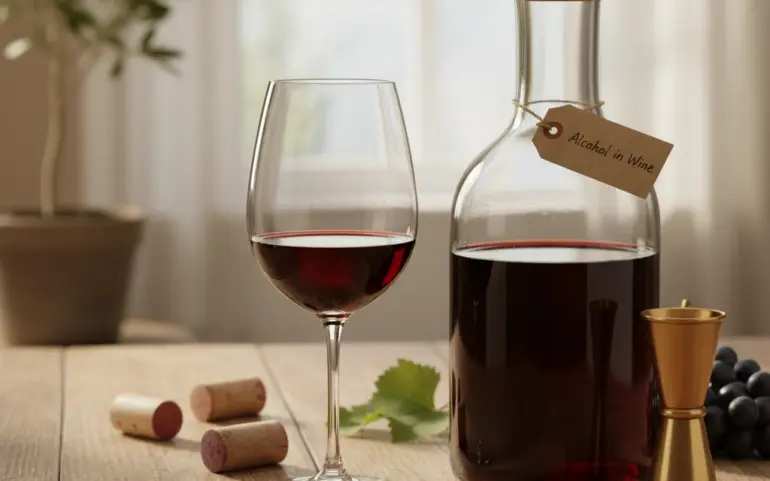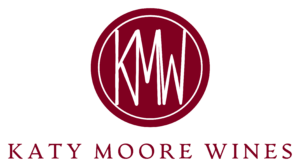When you swirl that glass of wine and take your first sip, you’re experiencing more than just flavor: you’re tasting the result of a delicate dance between grapes, yeast, and time. But one element often gets overlooked in wine conversations: alcohol content. Understanding what’s actually in your glass can transform how you choose, pair, and enjoy wine.
What Does Alcohol Content Really Mean?
Alcohol by Volume (ABV) is the percentage of ethanol in your wine. When you see “13% ABV” on a label, it means that 13% of the liquid in that bottle is pure alcohol. Here’s something many wine lovers don’t realize: this percentage stays consistent throughout the entire bottle. The alcohol isn’t divided among servings: every pour maintains that same 13% concentration.
This consistency matters more than you might think. It means your first glass has the exact same alcohol content as your last, which helps you gauge your consumption more accurately and understand what you’re actually drinking.
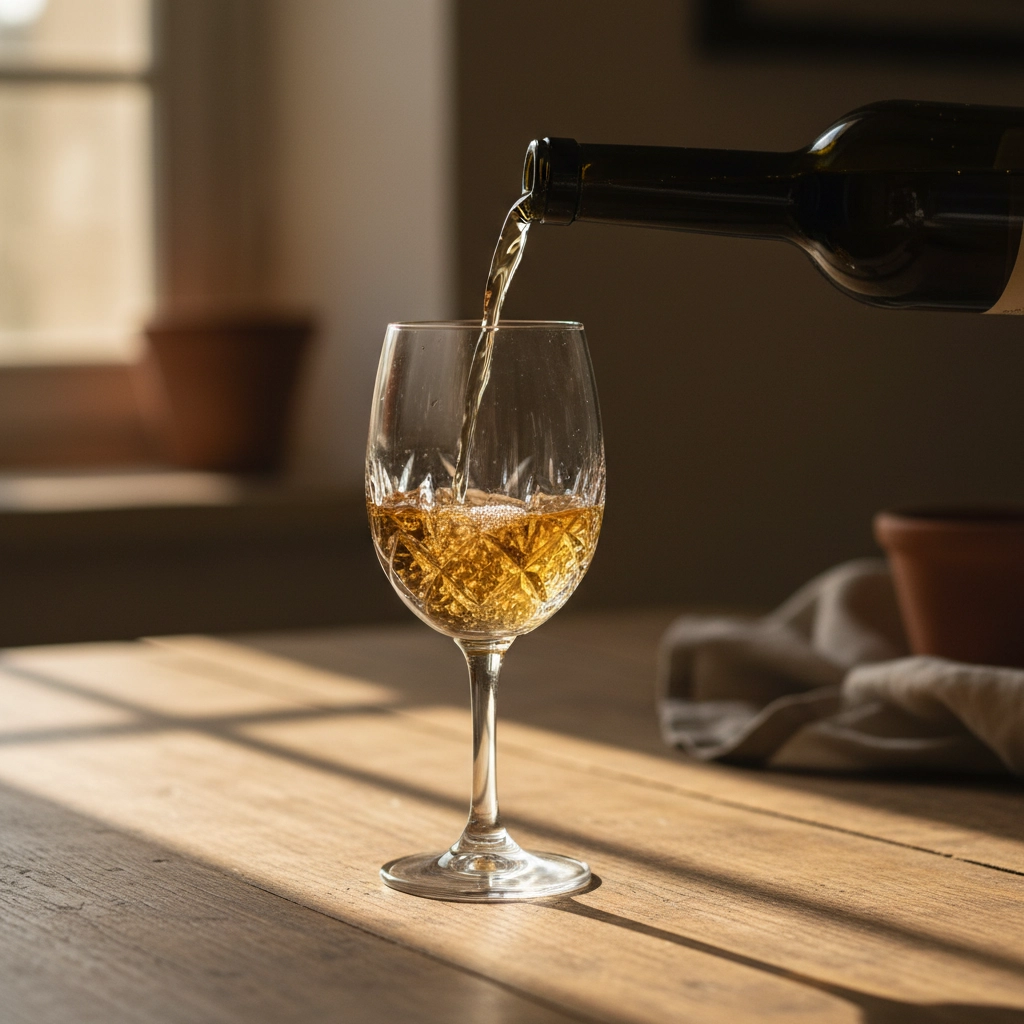
Breaking Down the Numbers: Wine Types and Their Alcohol Ranges
Not all wines are created equal when it comes to alcohol content. The range spans dramatically, from light and breezy to rich and warming. Here’s how different wine styles compare:
Sparkling Wines typically contain 5.5-12.5% ABV. Think Prosecco, Champagne, and Cava: these bubbles keep things light and refreshing, perfect for celebrations or afternoon sipping.
Light White Wines like Sauvignon Blanc, Pinot Grigio, and Albariño usually fall between 8-12% ABV. These crisp, food-friendly wines won’t overwhelm your palate or your evening plans.
Full-Bodied White Wines such as oaked Chardonnay and Viognier push into 12.5-14.5% territory. You’ll notice more richness, weight, and complexity in these wines.
Rosé Wines generally hover around 11-13.5% ABV, offering that sweet spot between refreshing and satisfying.
Light Red Wines like Pinot Noir and Beaujolais typically contain 11-13% ABV. These elegant reds pair beautifully with food without dominating the meal.
Full-Bodied Red Wines: think Cabernet Sauvignon, Zinfandel, and Syrah: often reach 13.5-15%+ ABV. These powerhouse wines deliver intensity and structure that can age for years.
Dessert and Fortified Wines take things to another level entirely, ranging from 16-25% ABV. Port, Sherry, and sweet dessert wines achieve these higher levels through different production methods.
Your Standard Pour: What’s Actually in Your Glass
The standard wine serving in North America is 5 ounces, and at the typical 12% ABV, you’re consuming about 0.6 ounces of pure alcohol per glass. But here’s where it gets interesting: if you’re drinking a 15% ABV Zinfandel, that same 5-ounce pour contains 25% more alcohol than a 12% wine.
This is why many wine professionals recommend adjusting your pour size based on alcohol content. Higher-alcohol wines deserve smaller servings: not just for responsible consumption, but because they’re often more intense and complex, making a smaller amount more satisfying.
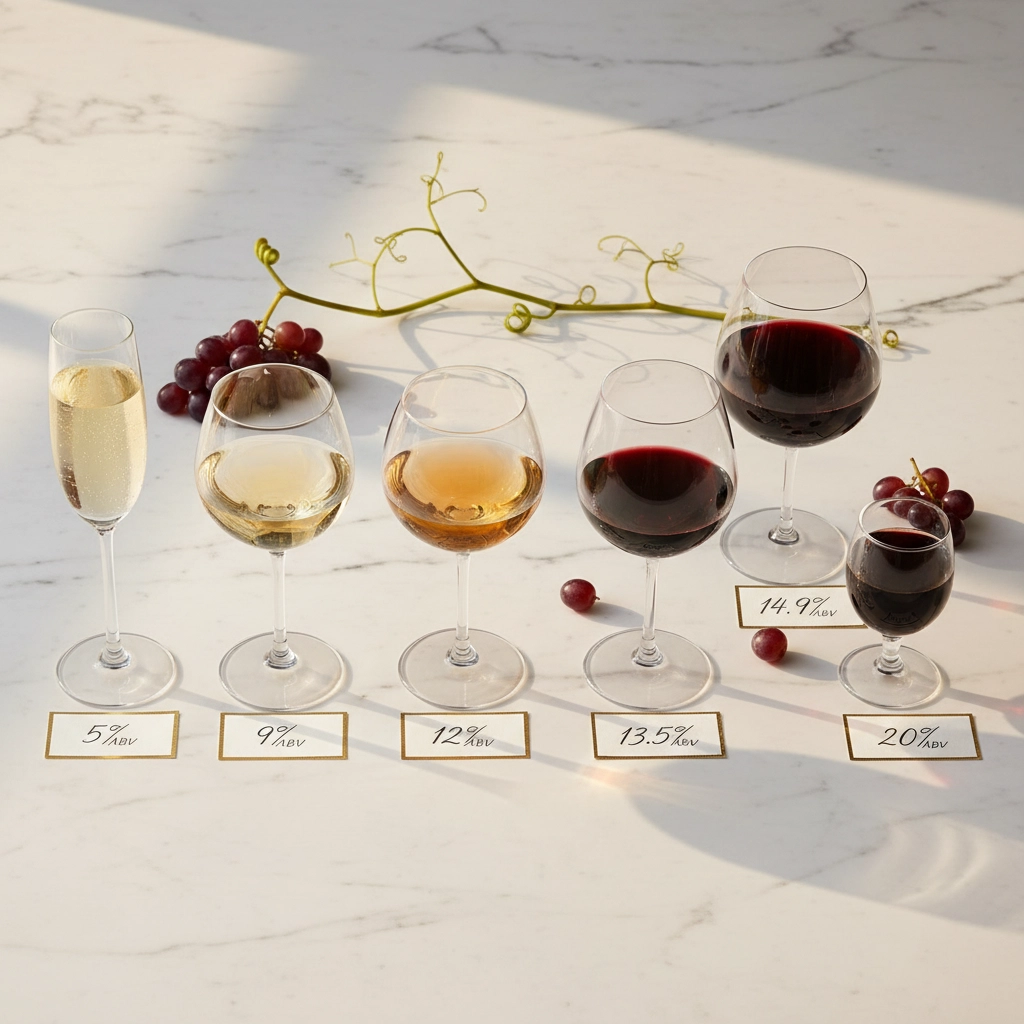
Why Alcohol Content Transforms Your Wine Experience
Taste and Mouthfeel Impact
Alcohol isn’t just about effects: it’s a major flavor component. Higher-alcohol wines feel fuller and warmer in your mouth, often with a slight bitter undertone that adds complexity. Lower-alcohol wines tend to feel lighter and more delicate, allowing other flavors to shine through more clearly.
The alcohol level also affects how wine interacts with your taste buds. Higher ABV wines can actually numb your palate slightly, which is why wine tastings often move from lighter to heavier wines throughout the session.
By understanding the alcohol level found on the label of every bottle, you can determine the best serving temperature. The alcohol in wine will evaporate at 22 degrees Celsius. If you are planning on enjoying a higher alcohol red wine try to serve at a temperature below this so that you are able to enjoy the aromas in the wine in stead of a nosefull of alcohol.
Planning Your Evening
Here’s the practical side: knowing your wine’s ABV helps you pace yourself. A bottle of 15% Barolo shared between two people over dinner will affect you differently than a bottle of 11% Pinot Grigio. This knowledge lets you enjoy wine responsibly while still savoring the experience.
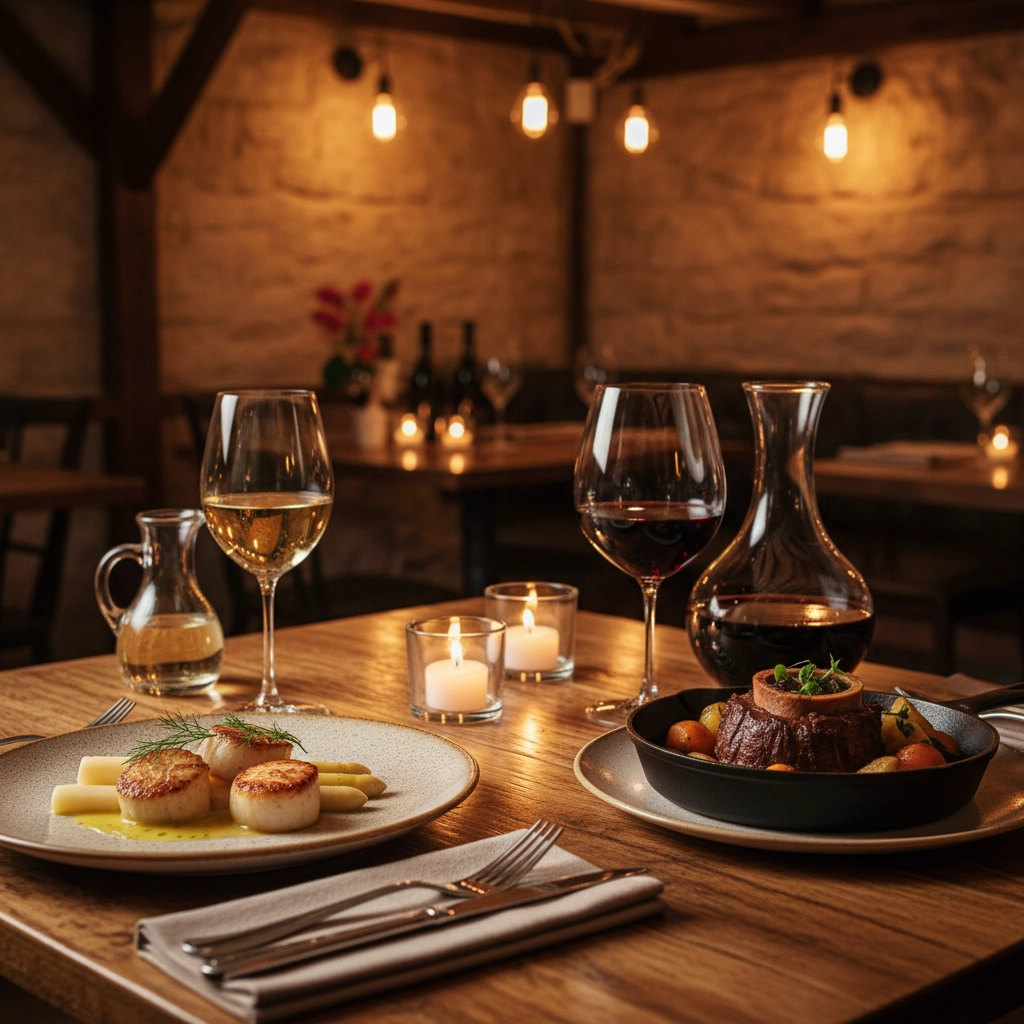
The Science Behind the Numbers
Wine’s alcohol content starts in the vineyard with grape sugar levels. During fermentation, yeast converts these natural sugars into alcohol: the more sugar available, the higher the potential alcohol content. This is why extremely ripe grapes from warm climates often produce higher-alcohol wines.
Climate plays a huge role here. Grapes grown in cooler regions like Germany’s Mosel Valley typically develop less sugar, resulting in lower-alcohol wines. Meanwhile, grapes from warm regions like California’s Central Valley or Australia’s Barossa Valley can achieve very high sugar levels, leading to wines with elevated alcohol content.
Winemaking techniques also influence final alcohol levels. Some producers use methods like reverse osmosis or spinning cone columns to reduce alcohol content, while others might add grape concentrate or use specific yeast strains to increase it.
Reading Between the Lines
Wine labels can legally vary by up to 1.5% from the stated ABV in many regions. This means a wine labeled as 13.5% could actually be anywhere from 12% to 15%. While this might seem like a big range, it rarely affects your drinking experience significantly: but it’s worth keeping in mind.
Some winemakers also use alcohol content strategically for marketing. In certain regions, wines under 14% ABV face different tax rates or regulations, so you might see wines labeled at exactly 13.9% more often than you’d expect.
Making Alcohol Content Work for You
Understanding alcohol levels empowers you to make better wine choices for any situation. Planning a long lunch? Opt for something in the 11-12% range. Looking for a wine to pair with a rich winter meal? A 14-15% red might be perfect. Want something refreshing for a summer evening? Look for those crisp, lower-alcohol whites and rosés.
The key is matching the wine’s intensity: including its alcohol content: to your mood, food, and occasion. When you understand what’s in your glass, you can better appreciate the winemaker’s craft and make choices that enhance your enjoyment.
Remember, there’s no “right” or “wrong” alcohol level in wine; only what works best for your palate, your meal, and your moment. By paying attention to those ABV numbers, you’re adding another layer to your wine appreciation journey, one sip at a time.

